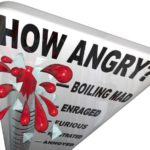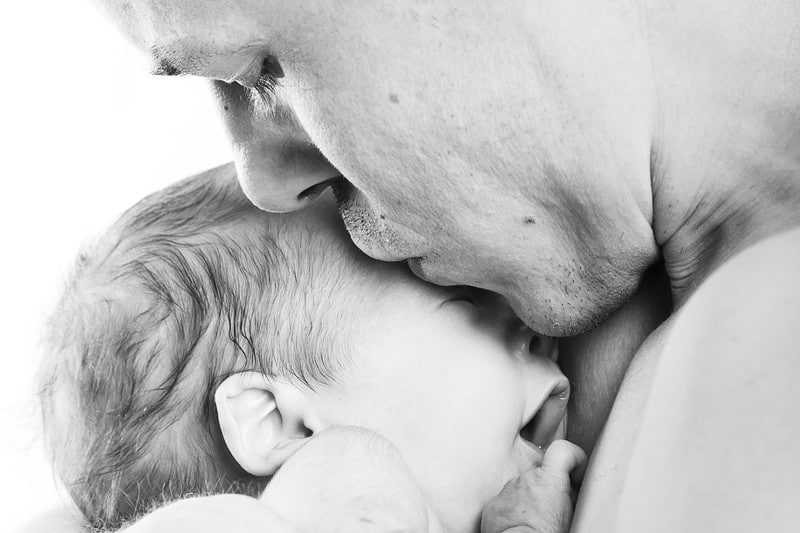Anger. What is it and why does this emotion get such a bad rap?.
Anger is an emotion. It is the same as sad, mad, glad, happy, hungry, embarrassed, anxious, excited, to name just a few. But for some reason, anger is something we aren’t supposed to feel.
The Greek Philosopher, Aristotle, had this to say about anger:
The good-tempered are angry ‘at the right things and towards the right people, and also in the right way, at the right time and for the right length of time’. Aristotle 1985.
Learning to recognize anger as a very basic, valid emotion, but also as a protector of our raw feelings, can be incredibly powerful.
The Purpose of Anger
Anger is the emotion that protects us from violation and injustice.  The feeling of anger can arise when you witness maltreatment, injustice, or boundaries being violated or important goals and human needs been dis-regarded.
The feeling of anger can arise when you witness maltreatment, injustice, or boundaries being violated or important goals and human needs been dis-regarded.
When you experience physical and emotional distress, anger strongly motivates you to do something about it. In other words, anger serves as a powerful protector of our need for fairness, freedom and justice.
Physical Effects of Anger
The first signs that a person is angry often are: flared nostrils, a furrowed brow,  focused penetrating glare, perhaps a clenched jaw, and pursed lips. Our body language changes as the body tenses. There is a surge of energy racing through the body. These nonverbal clues give out the message: ‘don’t mess with me – back off!’ The mind and body readies itself to defend by attacking the perpetrator. The emotion of anger helps you cope with this tension and stress by first discharging the tension in your body, and by doing so it calms your “nerves.” That’s why you have an angry reaction and then feel calm (often even exhausted) afterward.
focused penetrating glare, perhaps a clenched jaw, and pursed lips. Our body language changes as the body tenses. There is a surge of energy racing through the body. These nonverbal clues give out the message: ‘don’t mess with me – back off!’ The mind and body readies itself to defend by attacking the perpetrator. The emotion of anger helps you cope with this tension and stress by first discharging the tension in your body, and by doing so it calms your “nerves.” That’s why you have an angry reaction and then feel calm (often even exhausted) afterward.
Getting Angry is Bad
Often people view anger as a negative emotion, thinking it is bad to get angry. This thinking is unproductive. This is an involuntary reaction to perceptions of injustice. People who believe they must never get angry often will have guilt and shame around any event they have ‘lost their control.’ This is a huge disadvantage to them. Attempts to suppress or avoid anger by ‘pressing it down’ will often increase the intensity giving rise to mounting feelings of resentment. Deep-seated resentment often bubbles up and burst through damaging relationships or creating passive-aggressive behaviors or momentary bursts of rage.
The inability to process or experience anger will lead to submissiveness within relationships, making them ‘careful’ (you must continually watch what you say and do) and not sustainable. Sooner or later the suppressed anger will burst through or your mental health will suffer.
There are three types of anger that help shape how we react in a situation  that makes us angry. These are Passive Aggression, Open Aggression, and Assertive Control. If you are angry, the best approach is Assertive Control.
that makes us angry. These are Passive Aggression, Open Aggression, and Assertive Control. If you are angry, the best approach is Assertive Control.
Assertive anger can also be called ‘protective anger.’ This emotion is innate in all of us. It is a positive emotion that fuels the body with adrenaline and allows a parent to ‘protect’ their young. Almost every human is programmed to do this.
The Three Types of Anger.
Passive Aggression.
When a person is angry but tries to avoid confrontation, they will often revert to passive aggression. They do not want to admit they are angry, because that would mean they have lost control. These people need to stay in control. They become a victim to their feelings and become silent, sulk, procrastinate, and/or pretend everything is all okay. This is Victim anger. This person does not want to ‘upset’ the other person. They are scared of a reaction or what may be a consequence. By minimising themselves, they avoid conflict.
Open Aggression
When a person reacts with aggression to situations by becoming physically or verbally violent, they are attempting to get control of the situation. When something happens or some-one has done something that ‘upsets their moral code’, their reaction is to fight, lash out to frighten, or bully people back into their way of thinking or doing. This often happens when two points of view clash. Neither party is wrong, they just have different opinions. A person who is used to having control, or ‘getting control’ will react with violence. This also can be a reaction when a person has suppressed feeling angry over a long period, but this instance cannot be ignored, the moral code has to be defended, so they react with ‘all guns blazing!’
Assertive
The healthy way to deal with being angry is assertive anger. This is being in control, assertive, confident, and taking the time to listen and dealing with the situation. Responding not reacting to the event. You do not need to raise your voice to communicate how you feel. Yes, its hard not to with the energy and emotions running through your body, but with practice, you can do it. Being quietly confident, calm, and assertive gives you power and control.
Then, there is Protective Anger
In situations of trauma, there is a fourth type that needs to be used. Protective anger.
Protective anger is simply an extension of Assertive anger. One of the problems with resolving trauma, prolonged anxiety, and P.T.S.D is that the person is ‘stuck’ in the past. They are controlled by the event and often feel they have no power over their situation.
To resolve trauma, the mind and body must know two things: The event is over, and they are safe. They have to take back control in relation to the event.
How can they do this? By going back – in hypnosis, to sort out the perpetrator. This is done as a third party, not as themselves.
Protective anger is positive anger, and it is innate in all of us. This is the ‘protection of the young’. It uses words like: How dare you do this to her/him? As opposed to: ‘You did this/that….you did…. You said… etc” Protective anger is Victor rather than Victim thinking. This is taking control, this is saying everything you would of, could have said had you been able to – if not in a state of fight/flight/freeze/appease. There is the amazing strength of power in taking back control, not in a negative way, but a positive assertive and protective way. It’s like being the hero in your own life.
If you or anyone you know are suffering from anger issues, prolonged anxiety, depression, or PTSD please book a complimentary session with one of our therapists. Even if you just need to talk, we are here.

